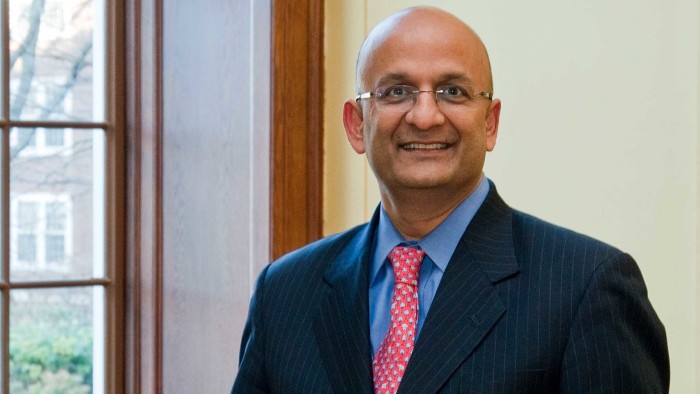Harvard tops the 2013 MBA rankings

Roula Khalaf, Editor of the FT, selects her favourite stories in this weekly newsletter.
Harvard Business School has topped the Financial Times MBA rankings for the first time in eight years, ousting its biggest rival, California-based Stanford Graduate School of Business. Harvard is one of only four schools to top the rankings in their 15 year history – the other three are Stanford, the Wharton School at the University of Pennsylvania and London Business School.
Harvard’s rise marks a resurgence in the top US MBA programmes in the annual FT rankings. In 2013 six US business schools featured in the top 10, compared with five in 2012. Of the top 100 schools 51 are located in the US.
The 2013 ranking has also seen the continued rise of Asian schools, as high-quality MBA programmes develop in the region, particularly in China. Fourteen of the top 100 schools this year are from the Asia-Pacific region, an increase from 11 in 2012. Six of those schools are from China, with the Hong Kong University of Science and Technology the highest ranked at number 8.
The increase in the number of Asian schools in the ranking has been at the expense of those in Europe, particularly in the UK. There are just 11 UK business schools in the ranking, down from 14 last year and 18 in 2009. Enrolment numbers for MBA programmes have been particularly badly hit due to restrictions in the number of work visas now issued for those who want to work in the UK on graduation. Even at the top schools – those that participate in the FT MBA rankings – the number of enrolled students has dropped by 20 per cent since 2010.
This is the fourth time Harvard has occupied the number one slot, which it has achieved this year through improvements across many of the factors measured by the FT. For the first time in three years, the salaries reported by Harvard alumni three years after graduation – $190,000 – are higher than those reported by Stanford alumni, although taking the three-year average salary, which is used to calculate the rankings and is published in the tables, Stanford still beats Harvard.
Harvard has also moved back up to the number one slot in the research rank, which is calculated from the number of published articles in 45 leading academic and practitioner journals. In 2012, Wharton held that crown.
But the greatest strides have been made in diversity at the school. The number of women faculty and students have crept up slightly over the past year but the biggest change has been in the percentage of international – non-American – students. Forty-three per cent of the 910 students in the class of 2014, which began their programme in 2012, were international students, compared with just 34 per cent for the previous year.
This more global approach is a direct result of the appointment of Indian-born dean Nitin Nohria, the first Harvard dean to be born outside North America, who has been instrumental in developing compulsory overseas courses for MBA students. These combine international study with practical experience – often called ‘action learning’ in business school circles.
This approach was adopted following a study conducted for Harvard’s centenary in 2008 on the future of the MBA. The research proposed the pedagogical mantra of “knowing, doing and being”. According to Prof Nohria there is a “yawning knowing/doing gap”, which these activities are designed to address.
The FT ranking is based on recent surveys of business schools and of alumni who graduated in 2009. MBA programmes are assessed according to alumni career progression, their international exposure, diversity of students and teaching staff, and the quality of faculty and research.The average participant joining an MBA programme, according to the FT research, is a 28-year-old professional on a salary of $65,000. Three years after graduation, the average alumnus is a now a senior manager or higher on a salary of $134,000.
Comments